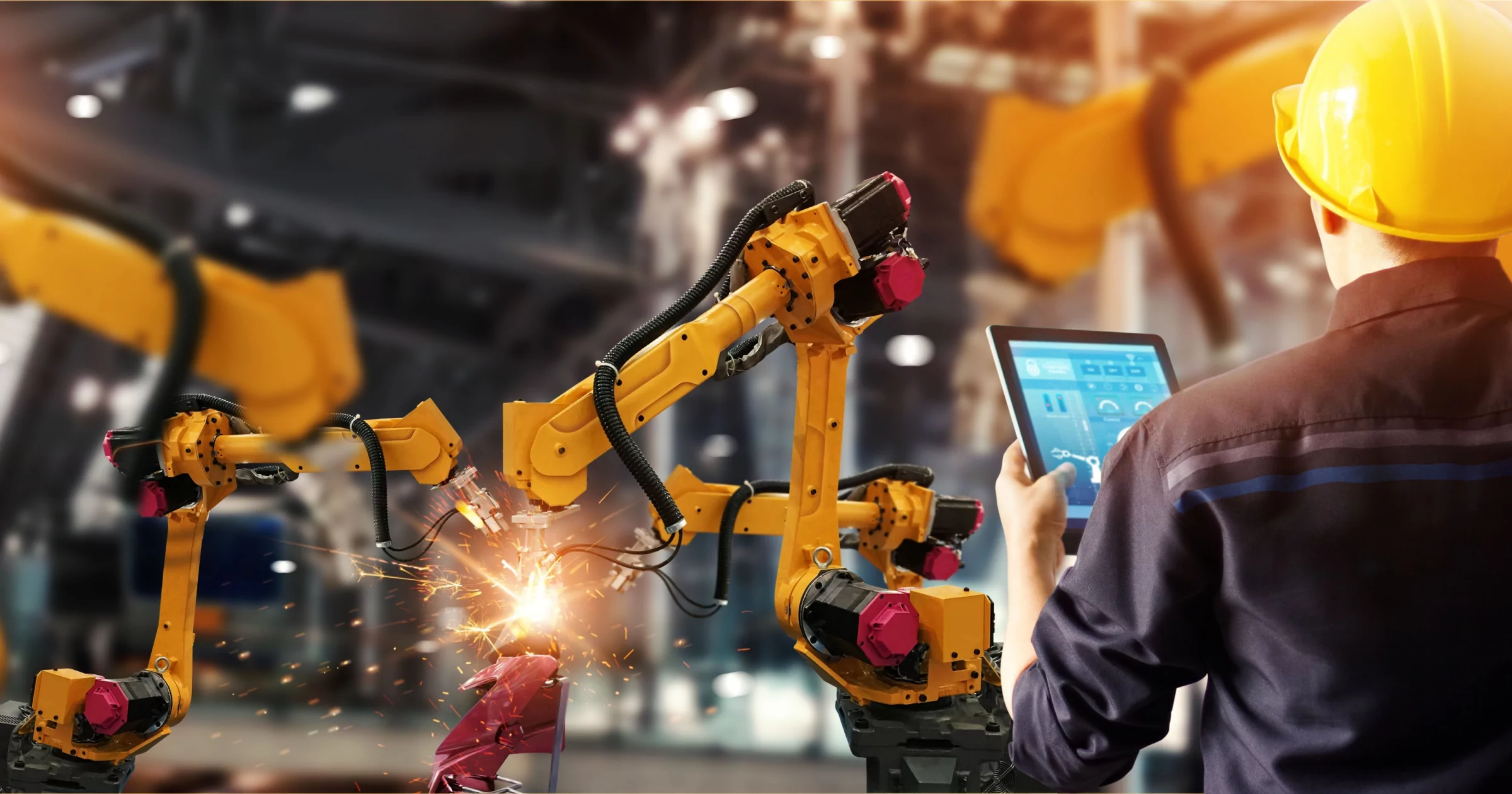5 ways IBM helps manufacturers maximize the benefits of generative AI

Although still in its infancy, generative AI can provide manufacturers with powerful optimization capabilities in the areas that matter most: productivity, product quality, efficiency, worker safety, and regulatory compliance. Generative AI can work with other AI models to enhance accuracy and performance, including improving the quality assessment of computer vision models by enhancing images. Using generative AI reduces “misunderstandings” and improves overall assessment quality.
Let’s look at five specific ways IBM® provides expert solutions that have helped real customers integrate generative AI into their future operational plans.
1. Training verification
Worker training is an important part of creating a safe and efficient manufacturing environment, but it is a waste of time for managers. Generative AI can track worker training steps, including watching videos, recording specific events, and checking for proper completion. Generative AI can then summarize the results, including timestamps for managers to review the events, saving everyone time. In highly regulated industries, having “proofs” beyond a certificate improves workforce readiness and operations. Initial testing has shown that generative AI can reduce training times by approximately 30% and increase training completion and certification by 25%.
2. Help workers access SOPs
Workers accessing standard operating procedures (SOPs) often have numerous questions, especially in complex plants where there may be more than 3,000 SOPs. Getting quick answers through the visual and audio support of generative AI can improve operational efficiency by approximately 15% and increase end-user problem resolution by up to 90%. Being able to query and verify operational steps reduces the time spent by other staff, increases the confidence of junior staff, and improves overall compliance with procedures.
3. Check line settings
In some industries, setup and start-up can be very complex tasks and, if not handled correctly, can have significant economic consequences. One example is setting up line organization in biopharmaceutical manufacturing. This is where properly executed line grooming can mean the difference between a sold batch of high-value drug product and expensive scrap. Generative AI can automatically verify manufacturing line settings by reviewing video, confirming and clearing correct production run settings. Generative AI combined with video and computer vision can proactively augment manual checks by workers, significantly reducing rework and reducing setup errors by approximately 75%.
4. Strengthening the quality assurance process
Many industries are already using AI and computer vision to ensure quality. Generative AI can improve the fidelity of images reviewed for quality assurance. Identifying and summarizing defects through mitigation strategies helps improve overall first-pass quality and can result in an 80% improvement in quality error detection rates compared to other methods. Empowering your operators to quickly adjust manufacturing settings to eliminate quality problems can significantly reduce the number of subsequent quality problems, improve throughput, and improve your market reputation.
5. Maintain compliance
Regulatory fines are no joke and can cost manufacturers millions of dollars each year. And as more countries create regulatory bodies and issue regulations, global businesses face an ever-changing and complex environment. The ability to check current processes and policies against regulatory databases for needed updates increases compliance rates, reduces fines, and avoids the potential for public embarrassment due to missing requirements. Generative AI can reduce fines by 25% and improve compliance by 60% using real-time text and voice query access to regulators to support end users.
Now is the time to maximize the use of generative AI. IBM Consulting® experts can help you quickly and confidently design and scale cutting-edge AI solutions and automation across your business.
Learn how IBM leverages the power of generative AI to improve operations. Explore innovative solutions for the manufacturing industry.



